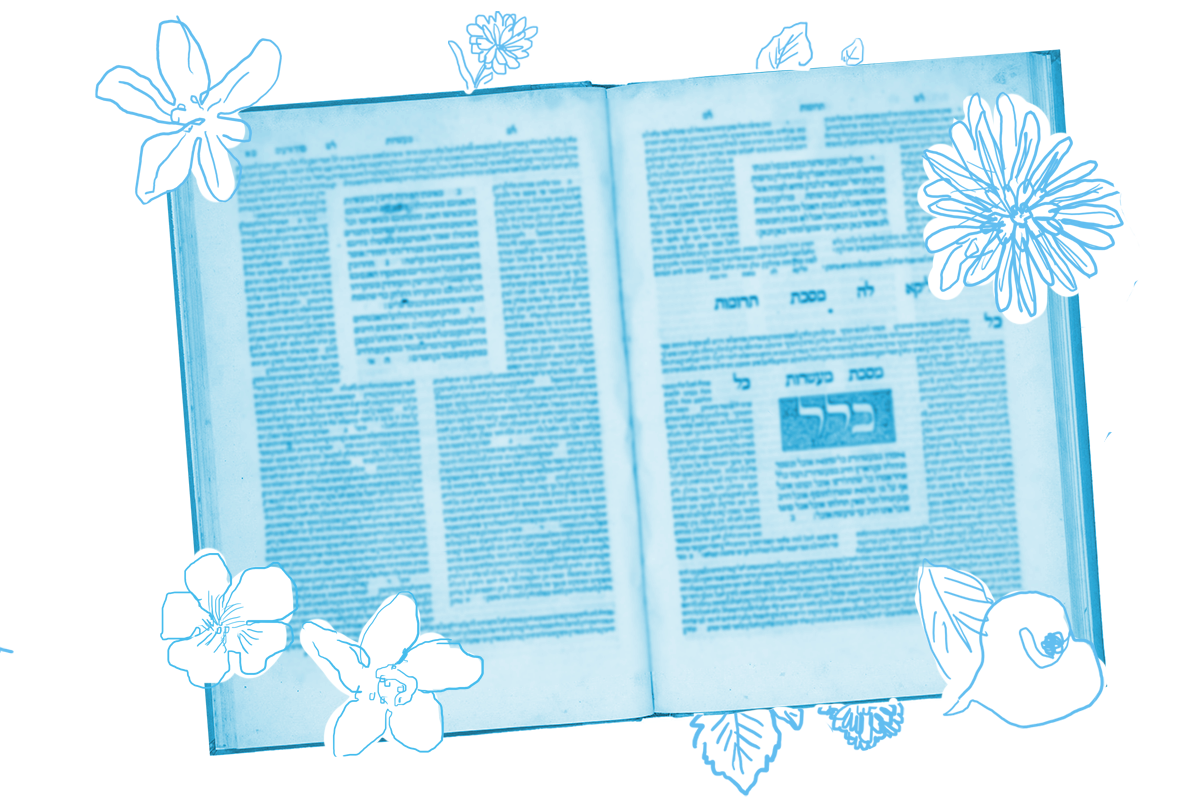How do we make an informed halakhic decision when certain facts are inherently unknowable?
That’s the question undergirding the discussion on today’s daf about how to handle a case in which someone’s possessions were destroyed but we don’t know exactly what they were. The suggestion becomes that the owner can take an oath about the nature of the contents and the damager must repay him as such. But the situation isn’t actually so clear cut.
A certain man kicked a safe belonging to another, sending it into the river. The owner came and said: I had such and such inside it. Rav Ashi sat and was investigating: In a case like this, what is the halakhah?
The safe is gone forever and its contents indeterminate, but the rabbis must adjudicate. How do they do so when all the facts cannot be known? In short, they base their thinking on what they know from observed reality.
With your help, My Jewish Learning can provide endless opportunities for learning, connection and discovery.
Rav Ashi said to him: If (the claimant) were to claim coins, (this ruling would apply) here also. But with what are we dealing here? Where the claimant claims a pearl. What is the halakhah? Do people place pearls in a safe or not?
Rav Ashi looks at two possibilities: the claim that coins were in the safe and that there was a pearl in it. Logic says that people tend to keep coins in a safe, so someone who claims that their cast-off safe contained coins is believed. But what about a pearl?
That’s less certain, and the rabbis declare the dilemma unresolved. That might be fine for the rabbis of the Talmud, but later halakhic authorities must eventually figure out what to do. The medieval authority Maimonides relies on a theory of credibility: If someone says their wallet full of coins was thrown into the sea, their oath is believed since it is customary to keep coins in wallets. But if it were not customary to keep coins in wallets, then the person who caused the damage is not held liable.
Maimonides continues: “What is implied? A person grabbed a filled covered leather sack or basket and threw it into the water or burned it. The person whose property was destroyed claimed that it was filled with pearls. His claim is not accepted, and the person who caused the damage is not required to take an oath. For it is not customary to place pearls in baskets or leather sacks.”
Maimonides thus resolves Rav Ashi’s question: The coin holder is believed, the pearl possessor is not. Yet, the pearl possessor still has a recourse. Maimonides continues: “If, however, the person whose property was damaged seizes property belonging to the person who caused the damage equivalent to the value of his claim, it should not be expropriated from him. Instead, he is required to take an oath that it contained pearls, and then he is able to keep their worth from the goods that he seized. The same laws apply in all analogous situations.”
The pearl possessor can embark on a kind of vigilante justice, seizing property that belonged to the person who damaged his pearl and then swearing an oath. In such a case, their oath is believed.
In the world of arbitration and justice, we must make a decision. Yet, even when we make our best guesses, we acknowledge the fundamental mystery of the world. We can’t know everything, but we try to create a world of fairness and justice anyway.
Read all of Bava Kamma 62 on Sefaria.
This piece originally appeared in a My Jewish Learning Daf Yomi email newsletter sent on January 3rd, 2024. If you are interested in receiving the newsletter, sign up here.



